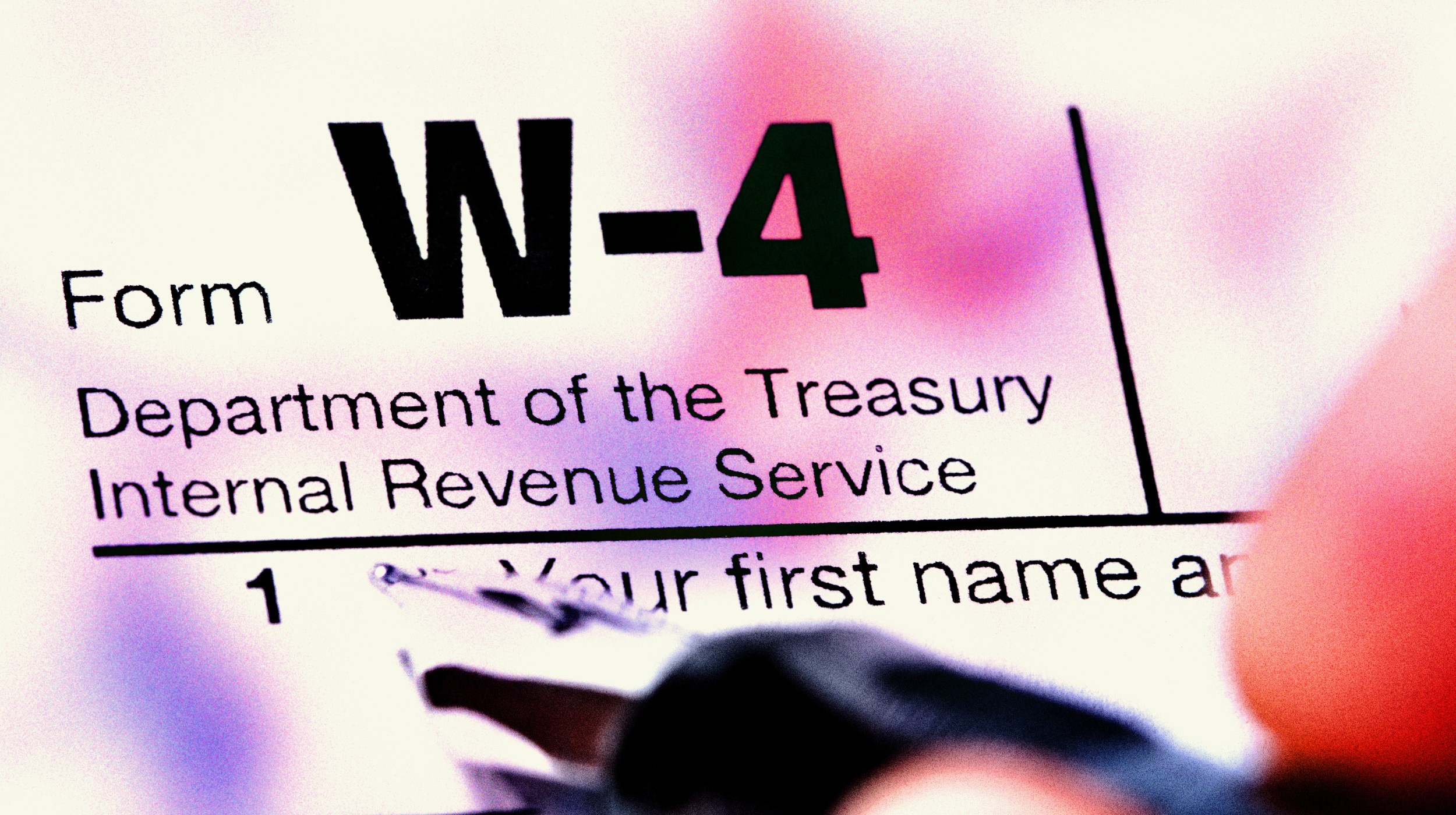Why Lesbians Are Better At Saving Money

When I was a kid I loved to watch The Flintstones and always laughed at Wilma and Betty’s shopping habits. Whenever they had the chance they were off to their Palaeolithic department store with their battle cry “Charge it!” Before you knew it they were home with boxes filled with saber-toothed tiger coats and fancy shoes (despite the fact that they wore neither). Wilma and Betty were clearly not good savers.
I wonder if this depiction of women and credit helped shape a generation’s perception that women are poor financial planners who depend on the discipline of their husbands to keep their spending in check. Well, interestingly there is a way to test this theory. All we have to do is imagine that Betty and Wilma are in a same sex relationship and see if they save less than, say, Fred and Barney in a same sex couple (now that is a cartoon I would watch today!).A recent paper, published last month, sets out to test a hypothesis that couples in same sex relationships plan their finances differently than those in opposite sex relationships. They find that on average women in same sex relationships are significantly better savers than either men in same sex relationships or heterosexual married couples.
The authors can’t use the data (from the US 2000 Census) to directly measure a couple’s saving-to-income ratio so instead they use an acceptable alternative – the ratio of mortgage payments to the value of a couple’s home. Couples who are good savers will, on average, repay their mortgages at a faster rate than those who are poor savers. So the mortgage payment to home value ratio is a proxy for the household’s propensity to save.
Compared to heterosexual married couples and gay couples, lesbian couples pay almost 9% more on their annual average mortgage even after controlling for age, education and socio-economic factors (including the number of children living in the home).
This isn’t the only evidence that lesbians are better savers. Looking at the income of seniors, retired women in same sex relationships have on average $4,715.35 more in social security and retirement income than do heterosexual married couples. Gay men also have more income than heterosexual couples –$6,358.77. Part of that effect probably reflects the fact that men on average retire with higher incomes than do women, rather than a higher lifetime propensity to save for gay men.
Here are three possible reasons why women in same sex marriages might be better savers. The first explanation is that lesbian couples have, on average, fewer children than do heterosexual couples. Children are costly and as a result cut into savings as well as personal consumption. However, having children also encourages savings if parents plan for their children’s post-secondary education. Education savings might not be reflected in mortgage payments, but rather in other more liquid assets that can be withdrawn when children reach college age. If this is the case, and heterosexual couples buy different assets with their savings, then this measure of savings (mortgage payments over home value) will overstate the true difference in savings rates.
And, as gay couples have even lower fertility rates than lesbian couples it seems odd that this is really an explanation given they do not seem to save any more than heterosexual couples. The second possible explanation is life expectancy. Women live longer on average and realistically need to save more in preparation for the period of their life when they have no waged income. It makes sense that couples with two women, as opposed to two men or one man and one women, would save more if they accurately predict their needs later in life. Finally this effect could be explained by relationship stability. This data is from a period before same sex marriages were legal anywhere in the US (2000). In planning their lives, these women would have had no way to predict that one day they would be offered the same security as heterosexual couples (and of course many are still waiting for that to happen).
Thus the observed higher savings affect might realistically reflect insecurities around the legal status of their relationships. If this is the case then we should expect to see the savings gap between lesbian and heterosexual couples fall as their relationships are given legal recognition.
Negrusa, Brighita and Sonia Oreffice (2011). “Sexual orientation and household financial decisions: Evidence from couples in the United States.” Forthcoming in the Review of Economics of the Household.





